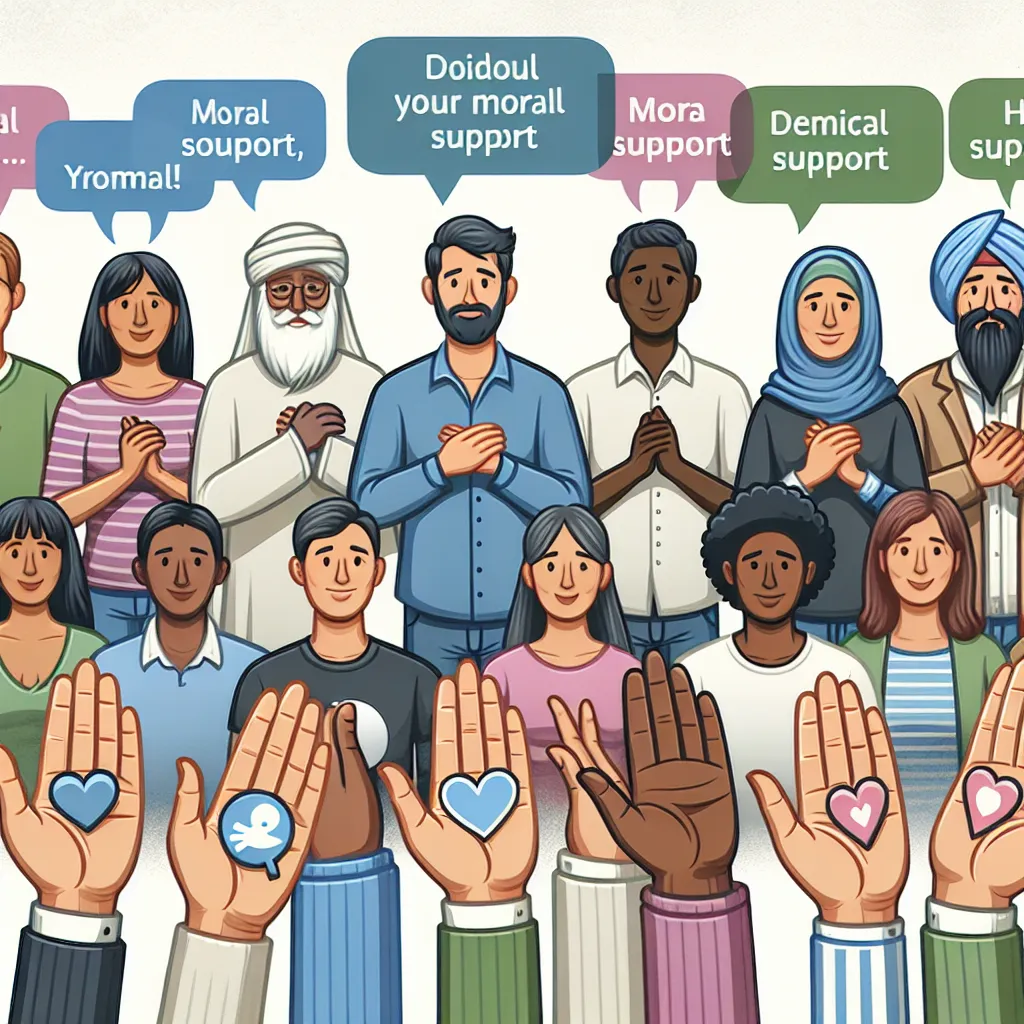The IELTS Speaking test can be challenging, especially when you’re asked to describe a creative project you’ve worked on. This topic is becoming increasingly common in IELTS exams, as it allows examiners to assess your ability to articulate complex ideas and showcase your language skills. In this guide, we’ll explore how to effectively answer questions about a creative project, providing sample answers and expert tips to help you achieve a high band score.
 Creative Project IELTS Speaking
Creative Project IELTS Speaking
Part 1: Introduction and Interview
In this section, the examiner will ask general questions about creativity and projects. Here are some common questions you might encounter:
- Do you consider yourself a creative person?
- What kinds of creative activities do you enjoy?
- How important is creativity in your work or studies?
Let’s look at a sample answer for the first question:
Sample Answer (Band 7-8):
“I’d say I’m fairly creative. While I may not be an artistic genius, I do enjoy coming up with innovative solutions to problems at work and in my personal life. I think creativity is about thinking outside the box and approaching things from different angles, which I try to do regularly.”
Sample Answer (Band 8-9):
“I’d like to think I have a creative streak. While I may not be the next Picasso, I constantly find myself drawn to unconventional approaches in both my professional and personal endeavors. For me, creativity is about pushing boundaries and challenging the status quo. It’s not just about artistic expression, but also about innovative problem-solving and seeing connections where others might not. I make a conscious effort to cultivate this mindset in my daily life.”
Part 2: Long Turn (Cue Card)
In this part, you’ll be given a cue card with a topic and some prompts. Here’s a sample cue card related to describing a creative project:
Describe a creative project you have worked on
You should say:
- What the project was
- When and where you did this project
- Who you worked with (if anyone)
- Why you consider it creative
And explain how you felt about the project.
Sample Answer (Band 7-8):
“I’d like to talk about a creative project I worked on last year. It was a community mural that we painted on the wall of our local community center. The project took place over the course of a month, and we worked on it every weekend.
I collaborated with a diverse group of people from our neighborhood, including some professional artists and enthusiastic volunteers. We had people of all ages involved, from children to seniors, which made it a truly inclusive endeavor.
What made this project particularly creative was the way we incorporated everyone’s ideas into the final design. We held brainstorming sessions where each person contributed their vision for the mural, and then we skillfully wove these ideas together to create a cohesive artwork that represented our community’s spirit.
The process was incredibly rewarding. I felt a strong sense of pride and accomplishment as we saw the blank wall transform into a vibrant, meaningful piece of art. It was also a great opportunity to bond with my neighbors and learn new artistic techniques.
Overall, this project left me feeling inspired and connected to my community. It showed me the power of collaborative creativity and how art can bring people together in remarkable ways.”
Sample Answer (Band 8-9):
“I’d be delighted to share a particularly innovative project I spearheaded last year. We conceptualized and executed a large-scale interactive mural that adorned the facade of our local community center. This ambitious undertaking spanned an entire month, with our team dedicating every weekend to its realization.
The project was a testament to collective creativity, bringing together an eclectic mix of individuals from our community. Our team comprised seasoned artists, enthusiastic amateurs, and everyone in between. The intergenerational aspect of our group, with participants ranging from young children to senior citizens, added depth and richness to our creative process.
What set this project apart in terms of creativity was our novel approach to design integration. We orchestrated a series of dynamic brainstorming sessions, where each participant was encouraged to articulate their unique vision for the mural. The real challenge – and the source of our creativity – lay in seamlessly synthesizing these diverse ideas into a cohesive artistic narrative that authentically captured our community’s essence.
The entire experience was profoundly gratifying. Witnessing the transformation of a stark, lifeless wall into a vibrant tapestry of collective expression filled me with an overwhelming sense of pride and fulfillment. Beyond the artistic achievement, the project served as a catalyst for community cohesion, fostering new friendships and a deeper appreciation for our shared creative potential.
In retrospect, this project was a powerful reminder of the transformative nature of collaborative art. It left me feeling not just inspired, but profoundly connected to my community. The experience underscored the incredible synergy that can emerge when diverse individuals unite in pursuit of a shared creative vision.”
Follow-up Questions
- How did you overcome challenges during the project?
- What impact did the project have on the community?
Sample Answer for Question 1 (Band 8-9):
“Navigating challenges was an integral part of our creative journey. One significant hurdle we encountered was reconciling divergent artistic visions within our diverse team. To address this, we implemented a structured feedback system, encouraging open dialogue and constructive criticism. This approach not only fostered mutual respect but also led to unexpected creative breakthroughs.
Another challenge was working within the constraints of our limited budget and timeframe. We tackled this by adopting innovative techniques, such as upcycling materials and organizing skill-sharing workshops. These solutions not only overcame our resource limitations but also added unique elements to our project, elevating its creative value.”
Part 3: Two-way Discussion
In this section, the examiner will ask more abstract questions related to the topic. Here are some potential questions and sample answers:
Examiner: How do you think creativity contributes to problem-solving in society?
Sample Answer (Band 7-8):
“Creativity plays a vital role in problem-solving across various sectors of society. It allows people to think outside the box and come up with innovative solutions that might not be immediately apparent. For example, in environmental issues, creative thinking has led to the development of new technologies for renewable energy and waste reduction. In business, creative problem-solving can lead to more efficient processes or unique products that meet consumer needs in novel ways.”
Sample Answer (Band 8-9):
“Creativity is, in my view, an indispensable catalyst for societal problem-solving. It serves as the bedrock of innovation, enabling us to transcend conventional thinking and conceive groundbreaking solutions to complex challenges. Take, for instance, the realm of urban planning: creative approaches have given rise to sustainable city designs that harmoniously integrate green spaces, efficient public transport, and community-centric infrastructure.
Moreover, in the healthcare sector, creative problem-solving has spearheaded advancements in telemedicine and personalized treatment plans, revolutionizing patient care. The synergy between creativity and critical thinking often yields solutions that are not just effective, but also sustainable and scalable. This symbiotic relationship between creativity and problem-solving is what drives societal progress and propels us towards a more innovative future.”
Examiner: Do you think the education system in your country encourages creativity? Why or why not?
Sample Answer (Band 7-8):
“I believe our education system has made some progress in encouraging creativity, but there’s still room for improvement. On the positive side, many schools now incorporate project-based learning and collaborative assignments that allow students to express their creativity. However, the system still tends to prioritize standardized testing and rote learning in many areas, which can stifle creative thinking.
I think a more balanced approach that values both academic knowledge and creative skills would be beneficial. This could involve integrating arts and creative subjects more fully into the curriculum and providing more opportunities for students to engage in open-ended problem-solving.”
Sample Answer (Band 8-9):
“The relationship between our education system and creativity is, in my opinion, a complex and evolving one. While there have been commendable strides towards fostering creativity, I believe we’re still in a transitional phase, grappling with the legacy of traditional educational paradigms while trying to embrace more innovative approaches.
On the positive side, we’re seeing an increasing emphasis on interdisciplinary learning, design thinking, and project-based assessments that encourage students to apply knowledge creatively across different domains. Many schools are also incorporating makerspaces and innovation labs, providing tangible environments for creative exploration.
However, the system still faces significant challenges in fully embracing creativity. The pervasive influence of standardized testing often leads to a narrow focus on quantifiable outcomes, potentially stifling divergent thinking. Moreover, the rigid subject segregation in many curricula can impede the cross-pollination of ideas that often spark creative insights.
To truly nurture creativity, I believe our education system needs to undergo a paradigm shift. This would involve redefining success metrics to value creative problem-solving alongside academic achievement, training teachers in creativity-fostering pedagogies, and creating more fluid, interdisciplinary learning environments. By doing so, we can cultivate not just knowledgeable students, but innovative thinkers capable of addressing the complex, evolving challenges of our world.”
Key Vocabulary and Phrases for High Scores
To achieve a high band score, it’s crucial to use a range of sophisticated vocabulary and complex sentence structures. Here are some key terms and phrases to incorporate into your answers:
-
Innovative approach /ˈɪnəveɪtɪv əˈprəʊtʃ/ (adjective + noun): A new and creative way of doing something.
Example: “Our team took an innovative approach to solving the design challenge.” -
Conceptualize /kənˈseptʃuəlaɪz/ (verb): To form an idea or principle in your mind.
Example: “We spent weeks conceptualizing the project before starting the actual work.” -
Collaborative effort /kəˈlæbərətɪv ˈefət/ (adjective + noun): Work done by a group of people towards a common goal.
Example: “The mural was a truly collaborative effort, involving artists of all ages and backgrounds.” -
Synergy /ˈsɪnədʒi/ (noun): The interaction of two or more agents to produce a combined effect greater than the sum of their separate effects.
Example: “The synergy between the different team members led to unexpected creative breakthroughs.” -
Paradigm shift /ˈpærədaɪm ʃɪft/ (noun): A fundamental change in approach or underlying assumptions.
Example: “Embracing creativity in education requires a paradigm shift in how we view learning and assessment.”
Tips from an IELTS Speaking Examiner
As an experienced IELTS examiner, I recommend the following strategies to excel in describing a creative project:
- Structure your answer clearly, using the cue card prompts as a guide.
- Use a variety of descriptive language to bring your project to life.
- Demonstrate critical thinking by explaining why you consider the project creative and its impact.
- Practice speaking about different types of creative projects to improve your fluency and confidence.
- Incorporate personal reflections to show depth of thought and language ability.
Remember, the key to success in the IELTS Speaking test is not just about what you say, but how you say it. Aim for fluency, coherence, and a rich vocabulary to showcase your English language skills.
For more tips on acing the IELTS Speaking test, check out our guide on how to describe a time when you had to manage a project or task. This will help you further develop your skills in discussing complex topics and showcasing your language abilities.


